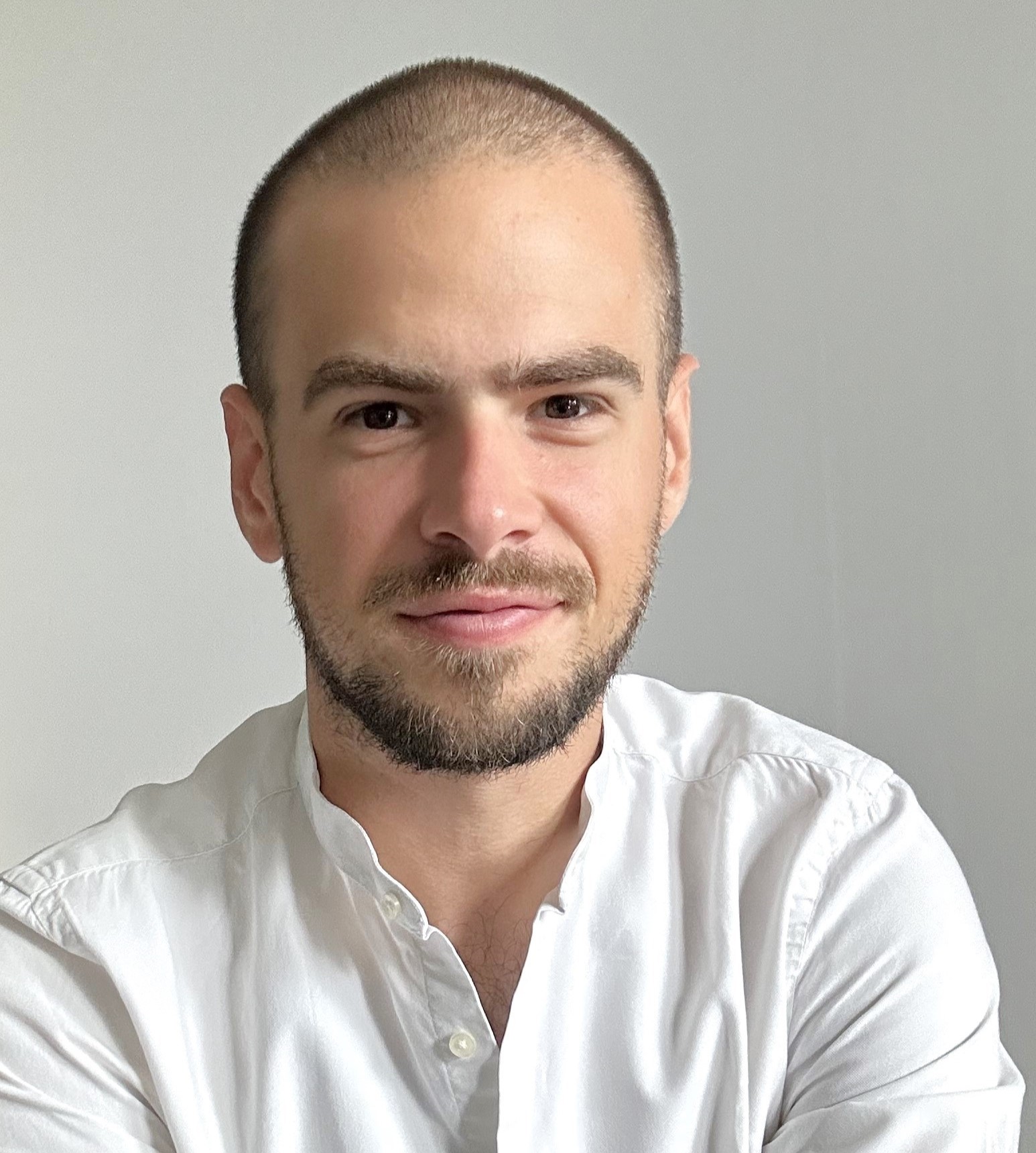Research Spotlight on Mario Grassi

Mario Grassi is a Marie Skłodowska Curie Post-doc Fellow, pursuing a project entitled “The Silk Road through the Alps. Craftsmen Migrations, Commercial Exchanges & Social Relations Between France & Italy in the Early Modern Period” (SILKRAA) at the University of Padua, in collaboration with Yale University, the University Lumière Lyon2 and the Como Silk Museum. During his PhD at the Scuola Superiore di Studi Storici of the University of the Republic of San Marino, he presented an in-depth prosopography of the society employed in the production of silk artefacts in Piedmont during the 18th century, a research that was awarded the Walter Maturi prize 2021 by the Deputazione Subalpina di Storia Patria. His current research, in addition to the socio-economic history of the silk industry, covers the history of migration, gender and violence, food and material culture.
What was your pathway to visiting Yale?
Receiving a Marie Skłodowska-Curie Global postdoctoral fellowship, funded by the European Union, gave me the incredible chance to become a visiting fellow at Yale University. The fellowship’s competitive nature encouraged me to set ambitious goals, and Yale stood out as the ideal choice for the outgoing phase thanks to its exceptional research resources and networking opportunities. This experience allowed me to immerse myself in U.S. research practices at the MacMillan Center’s intercultural environment and collaborate with the vibrant academic community that enlivens the Old Campus every day.
What will you be working on when you are at Yale?
During my year and a half at Yale, I had the opportunity to delve into various aspects of my project, “SILKRAA - The Silk Route Across the Alps: Craftsmen Migrations, Commercial Exchanges & Social Relations Between France & Italy in the Early Modern Period”, exploring its potential and advancing it in meaningful ways. In addition to writing several articles, much of my time in the United States was dedicated to drafting my monograph on the Piedmontese silk industry during the Ancien Régime. This book, soon to be published in Open Access, uses the Italian case study to examine the multifaceted nature of innovation from a historical perspective. The ongoing collaboration with the brilliant Professor Paola Bertucci, mentor of the project, along with the colleagues and friends I met along the way, has been a cornerstone in shaping my thinking and approach to history.
How will you be working with Yale students?
Although I did not have the opportunity to work directly with students, I was able to engage with both undergraduate and graduate communities on various occasions, often during informal events organized by the MacMillan Center, the School of Arts, the Departments of Italian and French studies, and the Department of History. This experience allowed me, even as an observer, to gain insights into the expectations and socioeconomic dynamics characteristic of U.S. higher education, comparing them with my prior European experience
How will you be working with Yale researchers?
At Yale, the exchanges were countless, as were the faces, voices, and readings that shaped this experience, both formally and informally. Whether during a conference or over a cup of coffee, collaborating with researchers from around the world and with professors based primarily at Yale was pivotal in understanding the subtle dynamics that make each research perspective unique. The constant dialogue with other researchers has helped me refine both my research methodology and my approach to the academic community.
What are you most looking forward to doing or visiting when at Yale?
There are five fundamental places on Yale’s campus, at least for me. Five places that have deeply shaped my educational experience: the Sterling Memorial Library, the Beinecke Rare Book & Manuscript Library, the Yale Farm, the Yale University Art Gallery, and the Yale Peabody Museum of Natural History. Each of these spaces, though distinct from the others, represents a universe rich with opportunities, valuable encounters, working hands, and enlightened minds. They are places where pages and objects tell stories of the past while simultaneously opening doors to the future. Where one breathes in pure wonder and marvels at the fact that, right here, in this corner of the world, in the city of New Haven, all the tools exist to transform any interest – even the most fleeting or seemingly insignificant – into something extraordinary, meaningful, and capable of unfolding into new horizons.